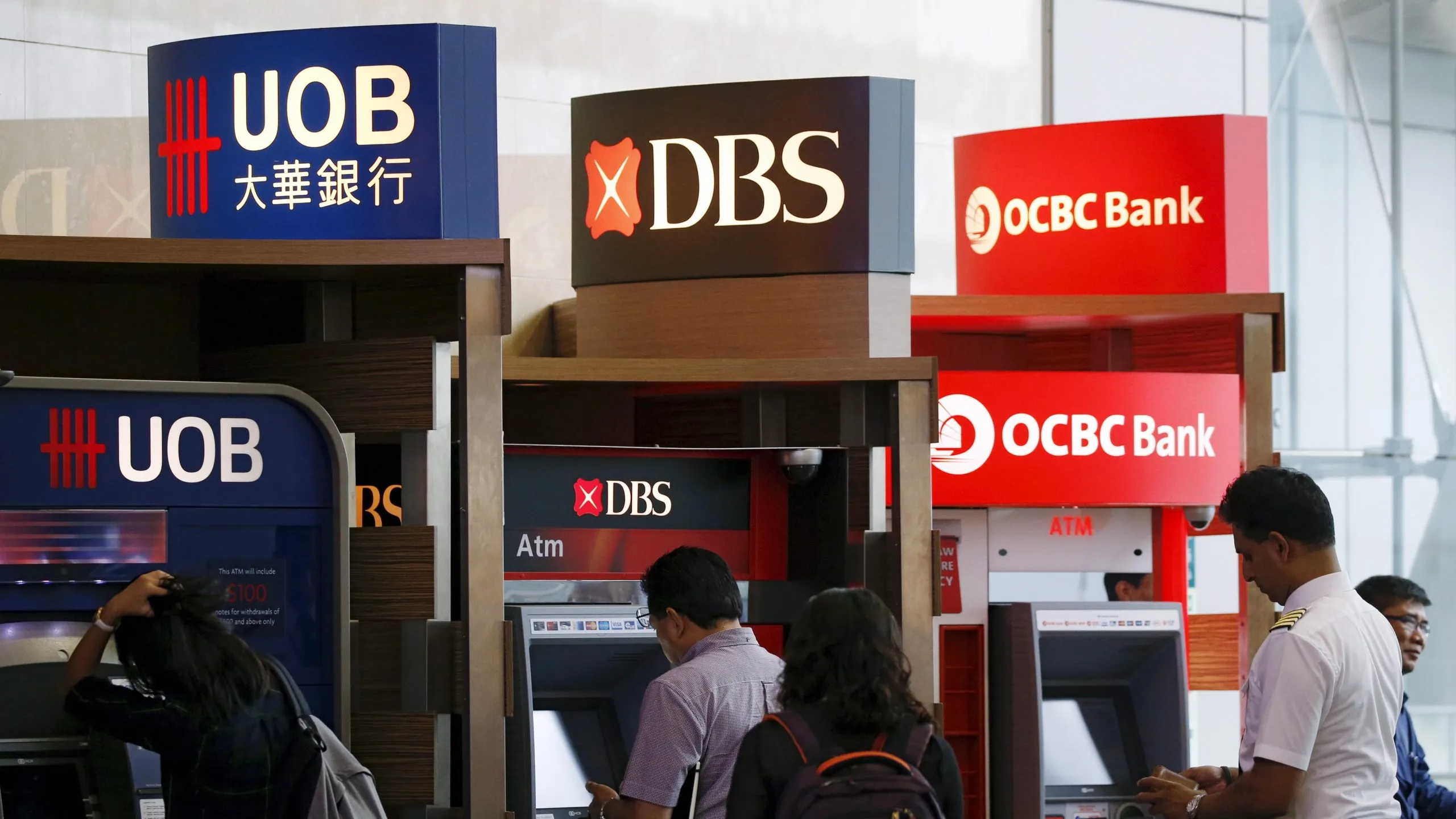500 美元的诈骗损失上限: 快速解决方案还是引发更多问题的途径
世界新闻通讯社的建议解决的是善后问题--“谁来付钱,- 而不是预防诈骗。虽然它能为受害者提供一些救济,但随着骗局的演变,它可能会被证明是不切实际和不可持续的。
|1 min read

<p>在今年的首次议会会议上,通信与信息部部长约瑟芬-张(Josephine Teo)概述了包容性和安全数字社会的战略。其中最重要的是为金融应用程序制定新的安全标准,并为电信公司制定指导方针,以关注易受攻击的用户。</p> <h3 class="“headings“">信任危机,</h3> <p>工人党(WP)警告称,数字交易的“信任危机“迫在眉睫。</p> <p>工人党议员贾穆斯-林(Jamus Lim)建议将诈骗受害者的损失上限设定为100至500 美元--尽管目前尚不清楚林是如何得出这一范围的--由银行和电信公司承担其余损失。他的理由是,注销只是“银行资产负债表的一小部分“,而诈骗的影响往往会“毁掉“储户。这种解决方案给人的第一印象是--歌利亚财力雄厚,与大卫相比,他应该首当其冲。</p> <h3 class="“headings“">林的想法并不新鲜。</h3> <p>MAS于去年10月推出了共同责任框架(SRF)。在这一框架下,如果金融机构或电信公司出现疏忽,它们将承担全部损失。Lim认为这既不充分也不公正,认为企业可以轻易逃避责任。</p> <h3 class="“headings“">骗局日益复杂</h3> <p>诈骗的根本问题在于其无定形性--诈骗的形式日益复杂,阻止诈骗所需的措施也越来越复杂。</p> <p>社会往往忽视了这样一个事实,即诈骗的成功通常是由于受害者最初的配合,即使是在被欺骗的情况下。工作、电子商务、假冒朋友来电、网络钓鱼和投资诈骗等常见诈骗通常在一开始就需要受害者的参与。随着诈骗者的伎俩变得越来越复杂和难以识别,针对当前和新出现的诈骗的最终防御手段就是个人提高警惕。</p> <p>即使拥有最先进的数字银行保护技术,金融机构也无法幸免于利用人类情感这一最脆弱因素的欺诈行为,即使是最先进的系统也无法始终防范这些欺诈行为。</p> <h3 class="“headings“">如果我们向银行收费,最终买单的将是普通消费者</h3>。 <p>Lim 的建议涉及银行和电信公司对每起诈骗事件负责,这可能导致这些成本转嫁到普通消费者身上。如果诈骗事件上升到不可持续的水平,银行可能会开始将这些成本转嫁给甚至那些未受诈骗影响的消费者。考虑到当前的生活成本,这一点尤其令人担忧。此外,如果采用这种方法,客户有可能宁愿把钱放在家里,这可能会对银行系统的流动性造成灾难性的影响。</p> <p>林氏提出的框架还可能无意中助长欺诈行为,即“受害者“为了经济利益而与骗子合作。</p> <h3 id="wp" class="“headings“">WP的提案缺乏深度</h3> <p>WP 的提案解决的是善后问题--“谁来支付,- 而不是预防诈骗。该提案虽然为受害者提供了一些救济,但随着骗局的不断演变,它可能会被证明是不切实际和不可持续的。</p> <p>归根结底,WP 的提案缺乏深度,被视为一种民粹主义、短视的方法,具有潜在的长期弊端。</p>

